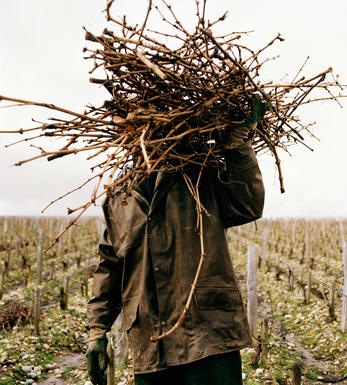
Critics reviews
Robert M. Parker, Jr. - 24/04/2006
About this WINE

Chateau Monbrison
A cru bourgeois Margaux property located in the commune of Arsac. It was bought by an American, Robert Davis in 1921 and after the war was run by his daughter Elizabeth. It is now run by her son Laurent Vonderheyden.
There are 13.2 hectares of vineyards located in one single plot and planted with Cabernet Sauvignon (50%), Merlot (30%), Cabernet Franc (15%) and Petit Verdot (5%). The grapes are hand-harvested and then fermented in a combination of concrete, enamel-lined steel, and stainless steel tanks. The wine is then aged in oak barriques (40-65% new, depending on the vintage) for 18 months. It is bottled unfiltered.
These are classic Margaux clarets, which are seductive and perfumed on the nose and display a firm but supple structure with excellent depth of fruit on the palate. In any reassessment of the 1855 Classification, this would be a definite candidate for promotion.

Margaux
If Pauillac can be seen as the bastion of ‘traditional’ Red Bordeaux, then Margaux represents its other facet in producing wines that are among Bordeaux’s most sensual and alluring. It is the largest commune in the Médoc, encompassing the communes of Cantenac, Soussans, Arsac and Labaude, in addition to Margaux itself. Located in the centre of the Haut-Médoc, Margaux is the closest of the important communes to the city of Bordeaux.
The soils in Margaux are the lightest and most gravelly of the Médoc, with some also containing a high percentage of sand. Vineyards located in Cantenac and Margaux make up the core of the appelation with the best vineyard sites being located on well-drained slopes, whose lighter soils give Margaux its deft touch and silky perfumes. Further away from the water, there is a greater clay content and the wines are less dramatically perfumed.
Margaux is the most diffuse of all the Médoc appelations with a reputation for scaling the heights with irreproachable wines such as Ch. Margaux and Ch. Palmer, but also plumbing the depths, with too many other châteaux not fulfilling their potential. There has been an upward shift in recent years, but the appellation cannot yet boast the reliability of St Julien. However, the finest Margaux are exquisitely perfumed and models of refinement and subtlety which have few parallels in Bordeaux.
Recommended Châteaux: Ch. Margaux, Ch. Palmer, Ch. Brane-Cantenac, Ch. Rauzan-Ségla , Ch. Dufort-Vivens, Ch. Ferrière, Ch. du Tertre, Ch. Giscours, Ch. d'Angludet.

Cabernet Sauvignon Blend
Cabernet Sauvignon lends itself particularly well in blends with Merlot. This is actually the archetypal Bordeaux blend, though in different proportions in the sub-regions and sometimes topped up with Cabernet Franc, Malbec, and Petit Verdot.
In the Médoc and Graves the percentage of Cabernet Sauvignon in the blend can range from 95% (Mouton-Rothschild) to as low as 40%. It is particularly suited to the dry, warm, free- draining, gravel-rich soils and is responsible for the redolent cassis characteristics as well as the depth of colour, tannic structure and pronounced acidity of Médoc wines. However 100% Cabernet Sauvignon wines can be slightly hollow-tasting in the middle palate and Merlot with its generous, fleshy fruit flavours acts as a perfect foil by filling in this cavity.
In St-Emilion and Pomerol, the blends are Merlot dominated as Cabernet Sauvignon can struggle to ripen there - when it is included, it adds structure and body to the wine. Sassicaia is the most famous Bordeaux blend in Italy and has spawned many imitations, whereby the blend is now firmly established in the New World and particularly in California and Australia.



Buying options
Add to wishlist
Description
As it has consistently done for the last decade or so, Monbrison has produced an excellent value wine of Cru Class standard in 2003. It is difficult to make any sweeping statements about Margaux in 2003, not least because it is the Mdoc's largest commune, but also because quality is so variable. This wine though is one of the successes. Immensely appealing on the nose, it has pure, elegant plum and blackberry fruit within a framework of supple tannins. Classic Margaux. Drink 2008-2020.
wine at a glance
Delivery and quality guarantee